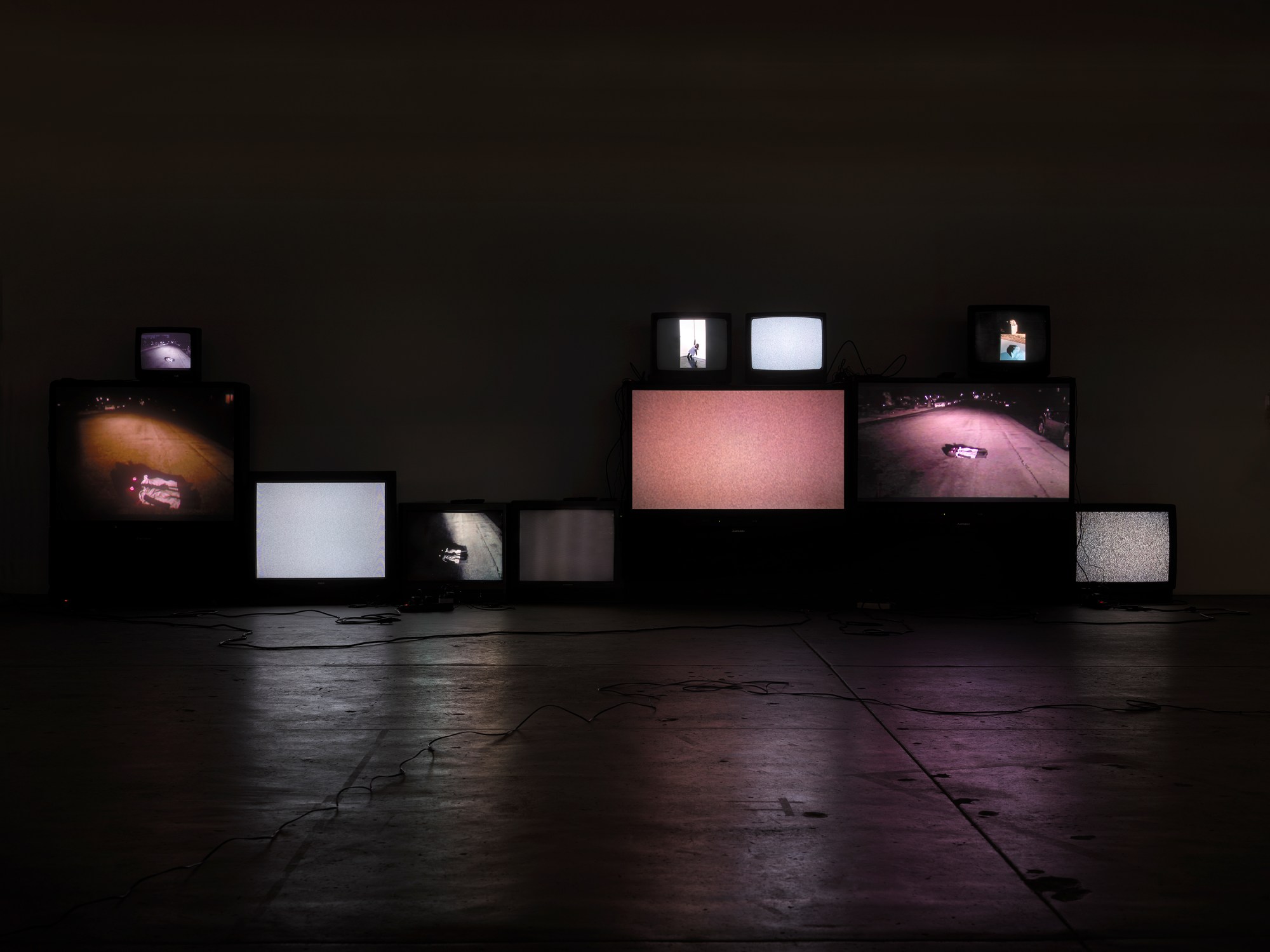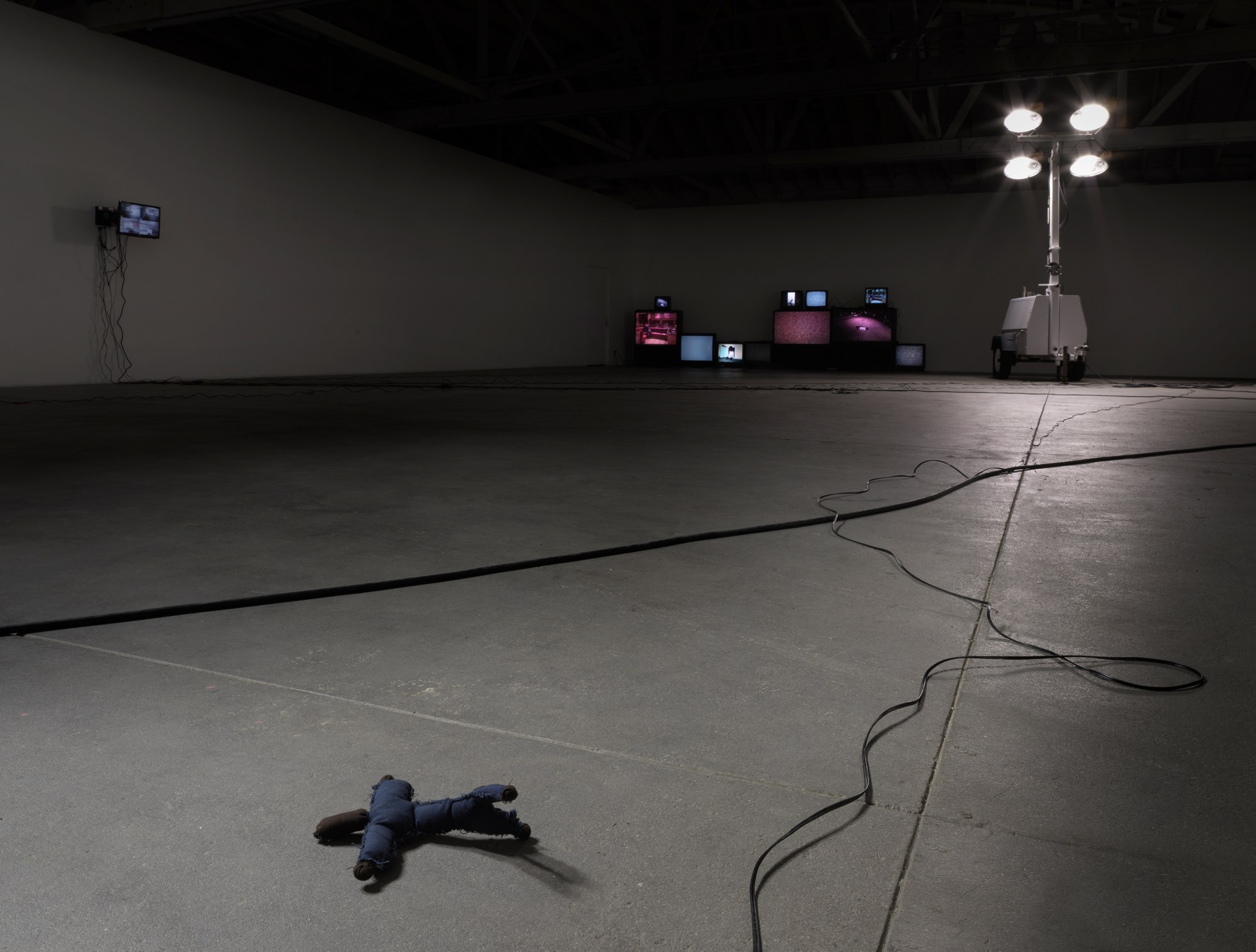Diamond Stingily is not an overtly political artist. Yet looking at her sculptures and installations, it is impossible not to be confronted with a sense of anger and rebellion. Her work manifests and responds to racism, sexism, surveillance, relationships and the structures that control the everyday. After stand-out exhibitions with galleries Ramekin Crucible in LA and Queer Thoughts in New York, she is on the eve of contributing to the New Museum triennial. Something that will undoubtedly take her from the cultural underground, into a very serious art world mainstream.
For Diamond, in the beginning there was the word. “As a child, even though I came from a large family, I was very independent. I liked to do my own thing. I felt lonely a lot, which I think is fine and normal. My grandma gave me my first journal, because I was always writing stories,” she recalls. “I think sometimes, for me at least, it’s hard for me to express myself verbally out loud.” When conceiving her works, writing always comes first. She doesn’t have a studio practice per se — as she explains, “New York’s too expensive. I can’t afford to pay for two places.” She writes down her ideas. Everything begins in her head.
Artist Martine Syms published Diamond’s diary from when she was an 8-year-old, with her publishing imprint Dominica. The now sold out book, was a glimpse of the artist’s inner life but reaches beyond that. “I don’t see that there is enough of a dialogue about black girlhood,” Diamond says. “It’s all I knew for a really long time. I think people can relate to that, like being your true self around your friends and then being your false self within certain family roles. I think that a lot of the time within a black family there are certain roles that you fill or play.”

Diamond is originally from the west side of Chicago. She spent most of her youth in a suburb called Country Club Hills and moved deeper into Illinois when her parents split up. Her father is house music singer and producer Byron Stingily and mother ran a hair salon. The references and experiences of her childhood are a running theme in her work. It’s a form of artistic language to hook the viewer in. “Everyone has had a childhood, good or bad. I think mine could be, dependent on perspective, good or bad. I had a childhood. I can remember it well. It was cool,” Diamond explains.
Hair is one of the central motifs in her work. In particular, long black braids of afro hair, sometimes in barrettes. Her hair pieces bring with them the weight of the history of Afro-feminism, politics and race in an immediate way. “My mother does hair for a living, so I grew up around black hair salon culture. Black women take pride in their hair, and I love it. It’s something about our culture. I really can’t explain it out loud. You know what I mean? I can’t vocalise it. You could damn near set my hair on fire, it’s still going to be here.”
The artist is aware of the response to hair as part of a “new woke-ness” and focus on black beauty. In her work, the braids hint at the human body’s presence but the body itself is absent. Instead the hair becomes symbolic, a stand in for a human body. “Even at a young age, people objectify the black body. I feel like people sexualise black children a lot with memes. And I hate that shit. I feel like when a white kid [is in a meme] it’s never anything sexual or anything like that,” she says. “Even at an early age, I had to learn to tell people not to touch me. Like for real — don’t touch my hair. Don’t touch me. And I don’t think people are really aware of what that does to the self-consciousness of people: To be aware that you have a body and you don’t want people to touch it.”

